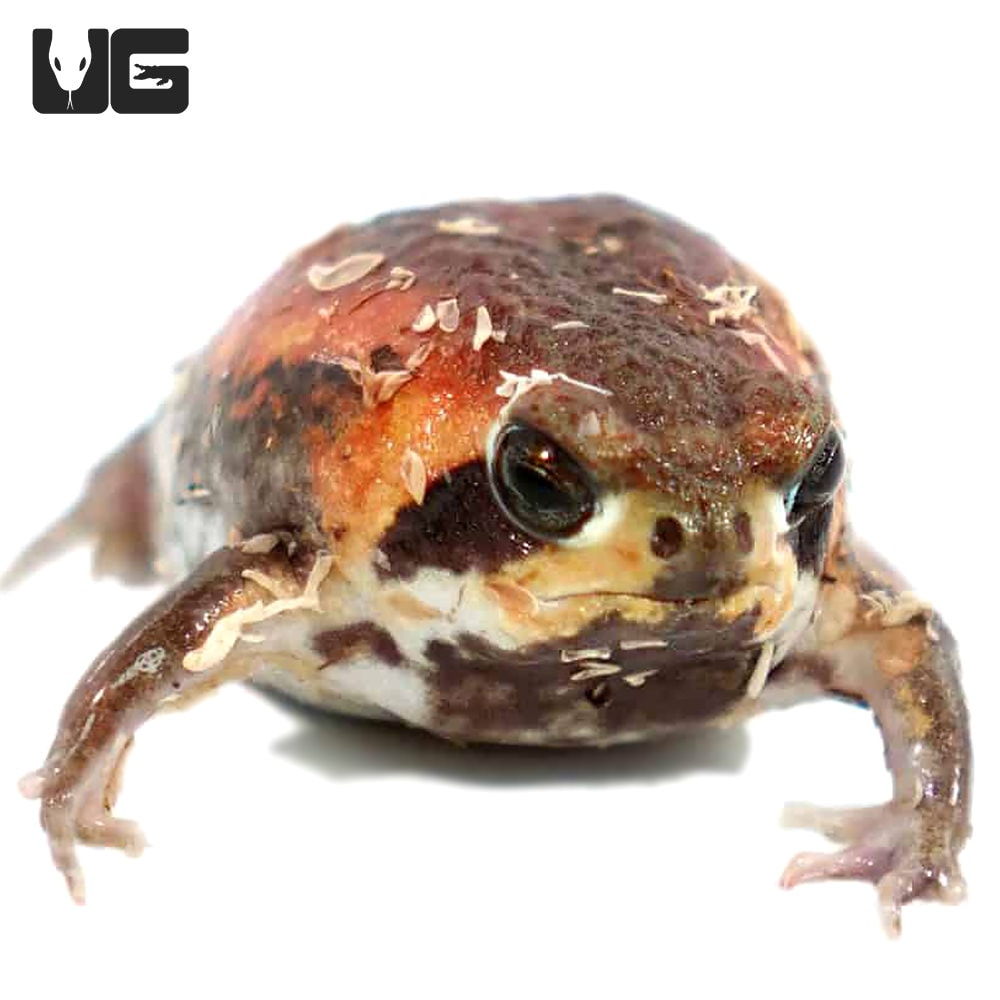Looking For Rain Frog for Sale? Discover Your Suitable Amphibian Buddy Right Here!
The Ideal Reptile Enclosures: Just How to Create the Perfect Habitat
Producing the best environment for reptiles is not simply concerning placing them in a container or unit; it involves a thoughtful consideration of various elements that add to their total health. From the dimension of the unit to the kind of substratum made use of, every component plays a crucial role in offering a setting where your reptile can thrive. By understanding the particular needs of your reptile species and carrying out the appropriate habitat setup, you can ensure their health and happiness in bondage.
Picking the Right Unit Dimension
When picking a room dimension for reptiles, it is vital to consider their natural behaviors and space requirements to guarantee their health and wellness. Various reptile types have varying needs when it comes to habitat area. Arboreal types like chameleons or tree snakes call for upright room for climbing and perching, while terrestrial varieties such as bearded dragons or leopard geckos require even more floor room for discovering and thermoregulation. Water turtles like red-eared sliders require enclosures with both water and acreage for swimming and basking.
A basic regulation of thumb is to offer ample space for the reptile to display natural behaviors, such as basking, hiding, climbing up, and foraging. By carefully considering the specific demands of the reptile species in concern, proprietors can produce an appropriate and enriching habitat that advertises total well-being and encourages natural actions.
Establishing Proper Heating Elements
To make certain the well-being and health of reptiles in their units, it is crucial to very carefully establish up correct heating components. When setting up home heating aspects in a reptile enclosure, it is vital to take into consideration the particular temperature level demands of the varieties you are caring for.
One efficient and usual home heating aspect for reptile rooms is a warmth lamp or ceramic heat emitter. These warm resources can be made use of to produce a temperature gradient within the unit, enabling reptiles to relocate between warmer and cooler areas as needed. Furthermore, under-tank hot pad or heat mats can be made use of to provide stomach warmth, which is especially beneficial for reptiles that call for additional heat to assist in food digestion.
Checking the temperature level within the enclosure making use of a thermometer is necessary to guarantee that the burner are maintaining the appropriate temperature array for your reptile. Routinely check and readjust the heating elements as required to create a healthy and balanced and comfortable setting for your scaly pal.
Choosing Appropriate Lights Components

Providing the Ideal Substratum
Picking the ideal substrate is important for creating a suitable and comfy environment for reptiles in their units. The substratum offers different objectives, consisting of providing a foundation for all-natural behaviors like delving, aiding in keeping suitable humidity levels, and providing a comfy surface area for the reptile to rest upon - rain frog for sale. When selecting a substratum for your reptile enclosure, it is essential to take into consideration the species-specific needs of your pet dog. Some reptiles, such as desert-dwelling varieties like bearded dragons, grow on substrates like calcium sand or reptile rug, while others, like ball pythons, choose coconut husk or aspen bedding to keep moisture levels.
Stay clear of substratums that can create impaction, such as loose substrates like sand or crushed rock, particularly for reptiles understood to ingest their bed linens. On a regular basis cleaning and replacing the substratum is vital to ensure a tidy and sanitary environment for your reptile.
Designing for Enrichment and Convenience
Considering the substratum's role in offering a structure for natural habits and maintaining an appropriate setting, enhancing the reptile enclosure with proper decorations is critical for both enrichment and convenience. Decorations such as branches, rocks, hideouts, and man-made plants not only create a much more aesthetically attractive environment however likewise serve practical purposes. Branches supply climbing opportunities for arboreal varieties, while rocks can act as basking places for heat. Hideouts offer shelter and protection, decreasing tension levels for the reptile. Man-made plants not just improve the appearances however also offer concealing spots and enrichment by permitting the reptile to interact and discover with its environment. When embellishing the unit, it is important to think about the reptile's species-specific demands and actions to develop a room that advertises mental and physical well-being. By including a range of decorations that simulate the reptile's all-natural habitat, proprietors can guarantee their pet dog's comfort and promote their all-natural impulses, eventually resulting in a better and much healthier reptile.
Conclusion

Producing the best environment for reptiles is not just about putting them in a container or enclosure; it entails a thoughtful factor to consider of numerous variables that add to their general wellness.Choosing the ideal Find Out More substratum is crucial for creating a comfy and ideal atmosphere for reptiles in their units. Some reptiles, such as desert-dwelling types like bearded dragons, flourish on substrates like calcium sand or reptile rug, while others, like ball pythons, prefer coconut husk or aspen bed linen to maintain moisture degrees.
By integrating a selection of designs that mimic the reptile's natural habitat, owners can ensure their family pet's convenience and promote their natural reactions, ultimately leading to a happier and healthier reptile.
In verdict, creating the suitable habitat for reptiles includes choosing the suitable room size, home heating aspects, lighting components, substratum, and decorations.